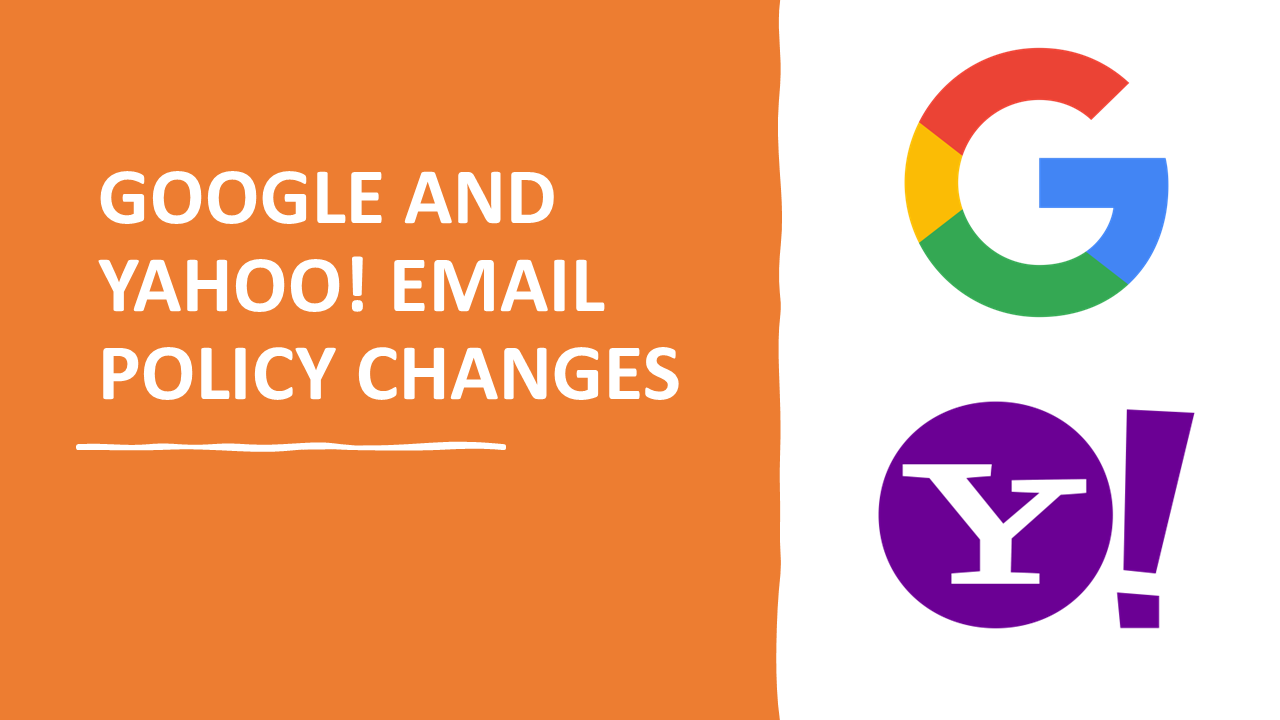As a business owner, adapting to the digital landscape’s evolving norms is key to maintaining a competitive edge. Google and Yahoo!’s recent announcements about Google and Yahoo Email Policy Changes, set to transform their bulk sender policies, bring new challenges and opportunities. Here’s a straightforward guide on navigating these changes to keep your business communications effective and compliant.
Why Email Authentication Matters Now More Than Ever
What’s Changing?
Google and Yahoo! are intensifying their fight against spam by clamping down on unauthenticated emails. This shift is a clear signal: email authentication is no longer optional but essential for businesses relying on email marketing.
The Basics of Email Authentication
At its core, email authentication is about proving an email’s legitimacy. DKIM (Domain Keys Identified Mail) has become the gold standard in this realm. It’s a method that uses cryptographic signatures to verify that an email truly originates from the stated source.
Constant Contact’s Role in Your Email Strategy
Constant Contact, a trusted partner for many businesses, has long provided email authentication services. But the landscape is changing, and additional measures are now required to ensure your emails are delivered successfully.
Step Up Your Game with Self-Authentication
The Need for Self-Authentication
In light of these policy changes, self-authenticating your emails is no longer just beneficial; it’s a necessity. This means using your own domain for sending emails and implementing DKIM.
Benefits of Using Your Domain
Using a domain-specific email (like name@yourcompany.com) enhances your brand’s professionalism and trustworthiness. It’s also a strategic tool in building a robust sender reputation, which is crucial for ensuring your emails reach their intended audience.
Implementing Self-Authentication with Constant Contact
Making It Simple
Constant Contact has updated their services with a new DKIM/CNAME feature, making the transition to self-authentication smoother for businesses. The process involves:
- Identifying Your DNS Host: Find out where your domain’s DNS records are hosted.
- Adding CNAME Records: Follow instructions to add new CNAME records provided by Constant Contact to your DNS host.
- Verification: Ensure everything is set up correctly by verifying these changes in your Constant Contact account.
Leveraging Changes for Business Growth
These new policies present an excellent opportunity to refine your email marketing strategy. For businesses that own their domains, self-authentication not only ensures compliance but also boosts your email marketing effectiveness.
Next Steps: Utilizing Constant Contact Resources
Constant Contact’s Email Delivery Hub is an invaluable resource, offering guidance and tools to help you adapt to these changes. Utilize this hub to understand your options and implement best practices.
Conclusion: Partnering for Success
In today’s dynamic digital environment, partnering with an expert like Constant Contact is a strategic move. Their commitment to staying abreast of industry trends and providing cutting-edge solutions ensures that your email marketing efforts are both compliant and effective.









